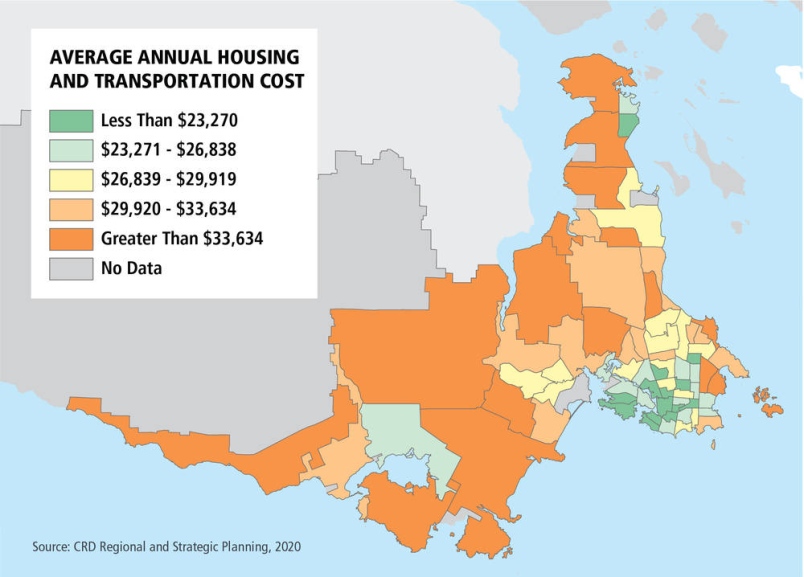Courtesy of the Times Colonist
From time to time, fierce debates erupt over proposals to introduce more dense housing into residential neighbourhoods. I suspect that part of the problem is a failure to distinguish between housing that is affordable, social housing and supportive housing, as well as a related concern about loss of property values.
Particularly in the wake of reports of crime and violence linked to temporary accommodation for people who are homeless and have been moved into some form of congregate housing, I think when people hear the terms “affordable” or “social” housing, they assume this means that the hard to house and criminal element are about to be dumped in the midst of their community.
This is far from the truth. So let’s distinguish between these various forms of housing.
Affordable housing means just what it says: housing that the average person can afford, be it ownership or rental, private or public. The Canada Mortgage and Housing Company says that for housing to be affordable, it must take less than 30% of a household’s pre-tax income. A 2020 CRD study, using 2016 census data (the latest available then), found that beteeen 30 and 50 per cent of tenant households in the CRD were spending 30 per cent or more of their income on housing costs.
The Victoria Foundation’s 2020 Vital Signs report found that in 2019, someone working 35 hours per week for the then minimum wage of $14.60 per hour would spend 47 per cent of their income to rent an average bachelor apartment (at $965 per month).
They would need to work 55 hours per week to bring that down to the acceptable 30 per cent level. And of course, when you spend that much on housing, you have less to spend on food and other daily necessities.
A very revealing map from a 2020 CRD report on housing and transportation costs shows that when the two costs are combined, the cheapest places to live are almost all clustered in the core (Victoria, Esquimalt, Oak Bay and southern Saanich), as well as Sidney, with annual household costs ranging from $22,000 to $29,000. The highest costs are in the West Shore and Saanich Peninsula, ranging from $30,000 to 38,000.
So the core is where we should create more affordable housing, perhaps following local urbanist Todd Litman’s 2018 suggestion that every neighbourhood grow by 1.5 per cent annually to match the growth rate for the region. The aim must be to create the 15-minute neighbourhood, where what you need on a daily basis is available within a 15-minute walk, bike or transit ride.
When it comes to social housing, the Canadian Observatory on Homelessness notes: “While all social housing is affordable, the term ‘social housing’ refers more specifically to housing that is subsidized by a level of government.” It is just housing for ordinary people whose incomes are insufficient to afford market-price housing.
In large part we have a problem today because the federal social housing program was cancelled in 1993, resulting in “drastic reductions” in the amount of affordable housing available, as the COH notes. On top of that, we have created an income crisis. Low-income wages have stagnated, minimum wages do not deliver a living wage, jobs have become less secure and benefits have been reduced, all in the interests of low prices for most of us and profits for business.
It is important to note that social housing is not the same as supportive housing, although the latter usually requires government or NGO support.
The COH describes supportive housing as housing that includes “individualized, flexible and voluntary support services for people with high needs related to physical or mental health, developmental disabilities or substance use” — people who could be members of our own family or those of our friends and neighbours.
In the end, perhaps the simplest test is this: Can your children or grandchildren live somewhere nearby? Probably not. If not, we need to fix it.
We must encourage a serious investment in social housing, policies that increase higher wages and income supports, and the creation of “gentle density,” car-free, low-rise infill in neighbourhoods that fills the “missing middle” gap in housing while being more ecologically sustainable. More on this next week.
thancock@uvic.ca
Dr. Trevor Hancock is a retired professor and senior scholar at the University of Victoria’s School of Public Health and Social Policy.
